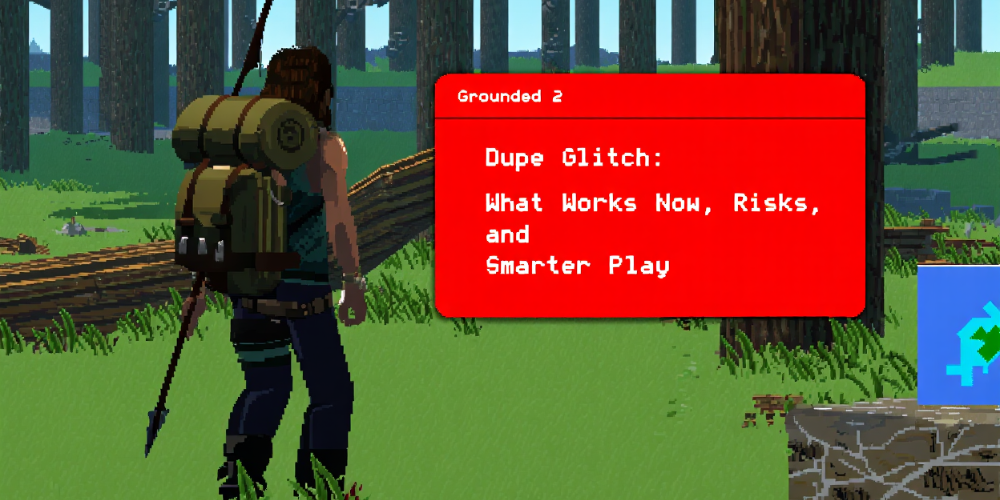Grounded 2 Dupe Glitch: What Works Now, Risks, and Smarter Play
2025-08-11

Players diving into Grounded 2’s backyard quickly rediscovered an old temptation: duplication glitches that let you multiply resources, gear, and building mats in a fraction of the usual time. I get why it’s enticing. You want to push bold base designs, test late-game setups, or catch up with friends without days of harvesting. The community has passed around a few working routines that hinge on save desyncs between a host and a client or between two differently timed copies of the same world. As with any exploit, the big questions are whether it still works on the latest build, how risky it is for your save, and whether the short-term gain outweighs the chance of a corrupted file or a hotfix erasing your progress. Below you’ll find clear, practical guidance shaped by what players report today, plus risk controls so you can make an informed call rather than gambling blind with your favorite world.
Main Part
The most reliable approach right now is the co-op desync method. It needs a host and one client in the same world, a storage container near the join point, and disciplined saves. Here’s the rhythm many use: the host makes a manual save, then the client places the stack to be duplicated into a chest. The host removes the stack from that chest and holds it or moves it to a different container. Immediately after the transfer, the client exits to dashboard or closes the game without performing any in-game save flow, while the host stays in the world and makes another manual save to cement the new state where the host now owns the items. When the client rejoins later, their personal inventory reverts to the last saved state on their side, which still contains the original stack. The host still has the copy saved in-world. Net result: two identical stacks created from one, with repeat potential if you keep the cadence tight.
You can adapt a similar idea solo with careful backups. Before moving any item you want to clone, create a fresh manual save, then duplicate that save externally using the platform’s save management tools or cloud copy features so you have two versions of the same moment in time. Load the primary save, move the items into a container, and save again so the world now records those items as transferred. Next, restore the backup you made earlier, which brings you back to the pre-transfer character state that still has the original items. Now you effectively hold one stack on the restored character and one in the other save. By repeating the move-and-restore cycle, you can stockpile essentials with minimal grind. The key is labeling saves clearly, rotating backups, and never overwriting your clean baseline until you verify the new save loads without errors or missing assets.
Is it safe? It’s safer than using memory editors or mods in a live session, yet it isn’t risk free. Sudden exits can interrupt write operations, leading to partial saves that refuse to load. Co-op desyncs can also confuse inventories for a session, especially if auto-save triggers at an unlucky moment. Protect yourself by backing up your world before any session where you plan to duplicate, turning down auto-save frequency to reduce surprise writes, and testing with low-value stacks first. Avoid duping quest-critical items or unique collectibles; if the developers later add guardrails, those items can bug out. As for enforcement, Grounded focuses on PvE, so you’re unlikely to face penalties for private experimentation, though a patch can close the loophole any time and strand you mid-process. Think of this as a temporary productivity hack, not a permanent feature to build your progression around.
Conclusion
If you’re set on trying the Grounded 2 dupe glitch, treat it like handling volatile materials: have a fallback plan, control your environment, and stop at the first sign of instability. The co-op method remains the most approachable for most players because it needs no file juggling and can duplicate large stacks quickly when both players stay in sync. The save-restore approach is more technical, yet it empowers solo users who manage their backups responsibly. Either way, never run long dupe chains without periodic integrity checks, and keep at least one pristine save offline or in a separate slot. Also consider legit accelerators that scratch a similar itch: Creative with Bugs for build testing, targeted resource routes with smoothies and gear buffs, and late-game tools that boost throughput. Use the exploit sparingly to prototype, not to erase the survival loop that makes every finished base feel earned.







